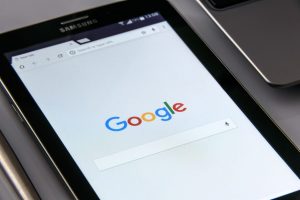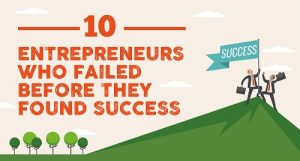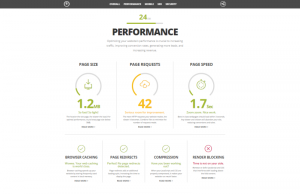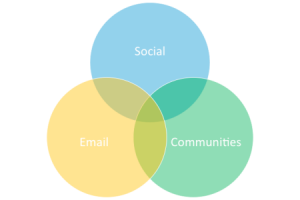A healthy workforce needs more connection, not more apps
As workplace health and wellness programs multiply, overwhelmed employees need help connecting the dots.
BY Owen Tripp
The cost of healthcare is reaching a breaking point. The average employer’s healthcare spending is expected to rise by 8.5% this year, well above inflation—and that doesn’t even include the costs associated with health-related absenteeism and lost productivity, estimated on their own to be north of $575 billion annually.
To reverse these trends, well-intentioned employers have invested heavily in health benefits and wellness tools, ranging from mindfulness apps, to health coaches, to ready-to-use chronic condition programs, all to help employees manage common (and costly) health issues. And yet, nearly half of U.S. employees have difficulty understanding their health benefits, and only two-thirds are confident they’re taking advantage of those benefits. It’s all too overwhelming.
Sadly, even with all the resources at their disposal, America’s workforce isn’t getting any healthier, and employers are finding it more challenging than ever to engage employees in health and wellness—especially those who are struggling the most with their physical and/or mental health. Sure, companies have high-tech ways (analyzing health claims) and low-tech ways (flyers in the break room) of finding and nurturing at-risk individuals, but too many unwell people continue to fall through the cracks.
Amid all the challenges, here’s something to consider: Maybe the most effective way of connecting employees with the support they need is as simple as asking them how they feel, and if they need some help.
Ask the question: How is your health?
That was the key takeaway of a national pilot program involving several large national employers across a range of industries. These companies did something the average working-age person does about 26-68 times a day: They sent a text message. And those figures are from a decade ago—surely the number is much higher now.
Using a survey framework known as Healthy Days, they texted their employees and asked them to list the number of days in the past month when their physical and mental health was poor and interfered with their home or work life. Unlike other workplace engagement and wellness surveys, the texts were private, simple, and fast, and created a moment for self-reflection.
One-third of the employees who replied to the text reported 15 or more unhealthy days per month—a critical threshold that’s a warning sign of future health problems and healthcare utilization (i.e., costs). The fact that so many employees fell into this high-risk group was concerning, but what happened next was much more important: When these employees were asked if they wanted a healthcare provider to call them in the next 48 hours, 40% said yes.
Even more encouraging, most of the employees who spoke with a provider had been previously disengaged from the healthcare system. Roughly half did not have a primary care physician, for instance, and the vast majority—even those who reported significant mental health struggles in the survey—were not seeing a therapist or psychiatrist. Clearly, they weren’t feeling their best and knew they needed to do something about it. They just didn’t know where to start.
Connection matters
Importantly, the providers who made the follow-up calls helped employees with more than healthcare. In addition to connecting employees with clinical services like virtual primary care and online therapy, the providers also steered them to employee assistance programs, childcare benefits, and other critical wrap-around support.
All of these benefits were already paid for by their employer; the employees just weren’t using them. In fact, most employees weren’t even aware of them.
When they did use the benefits, the impact was almost immediate. The employees who followed up and received clinical care after the call reported an average of two extra healthy days the next time they took the survey.
These employees already had all the apps and benefits they needed to turn their health around. The missing piece was someone to reach out, listen to their needs and challenges, and help them navigate their benefits and next steps. As life gets more and more complex, it’s worth remembering a little help and connection go a long way.
Owen Tripp is the cofounder and CEO of Included Health.

(8)
Report Post








